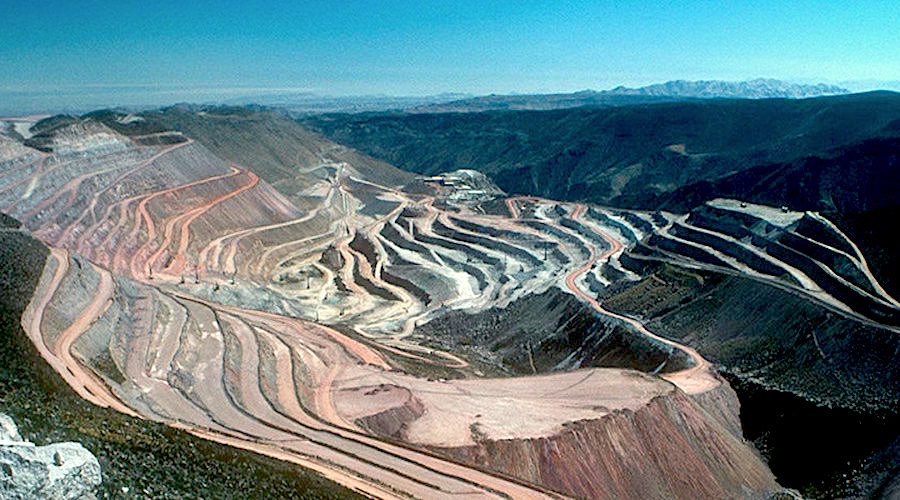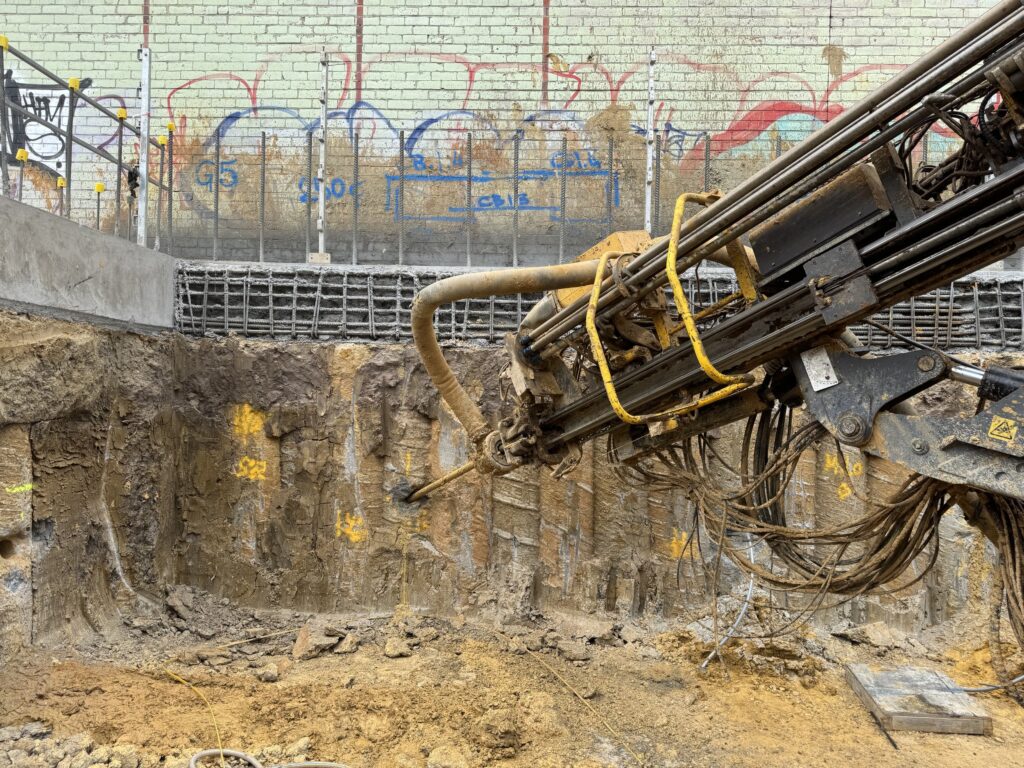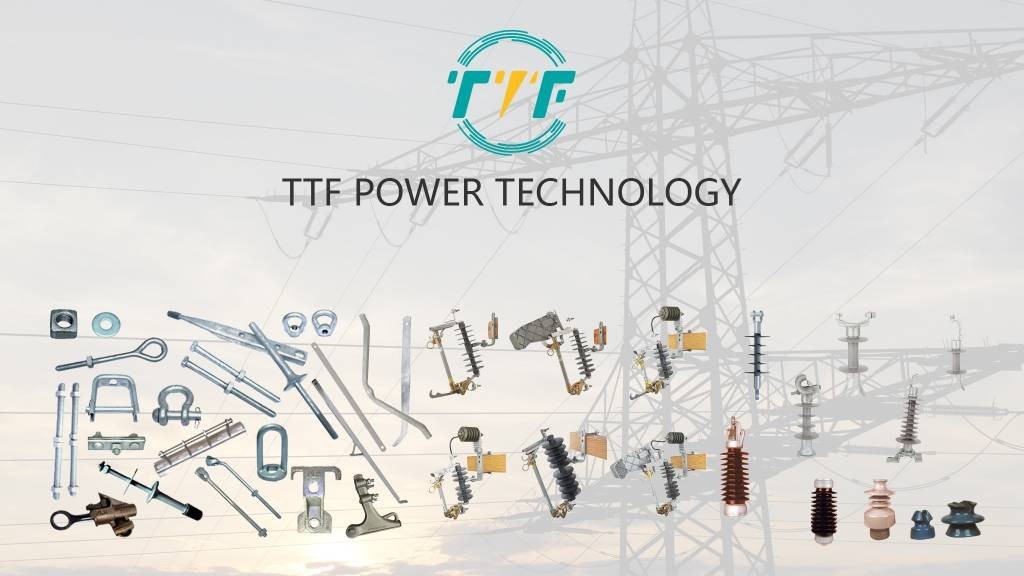
Peru has some of the most significant resources in South America that support the advancements in clean energy technologies. It provides resources for copper, zinc, gold, silver, and lithium mining. Its mining sector drives significant energy infrastructure development, especially in remote Andean regions. Copper mining in Peru stimulates investment sin power grids and hydroelectric plants, boosts private sector involvement in energy production, and encourages regional energy integration. Major copper mines include Cerro Verde, Antamina, Las Bambas, and southern copper operations. Copper is a crucial component in wind turbines, solar panels, electric vehicles, and power grids. With the increased global demand for low-carbon technologies, copper will help enable electrification of transport and renewable energy expansion. Demand for copper is expected to grow by over 40% by 2040. Ground anchors provide slope stabilization, structural support, and safety enhancement in open-pit mines.
Peru’s copper mines often involve deep open-pit excavations with steep slopes. High-quality ground anchors reinforce unstable rock masses, and prevent landslides and slope failures. They also help maintain pit wall integrity to allow for safer and deeper mining operations. Ground anchors also secure tunnels, shafts, and slopes. They enable larger underground openings and improve access for mining equipment and personnel. Rock bolts and cable bolts stabilize fractured rock to reduce the risk of collapse. They are also crucial in preventing soil erosion and structural failures. Common types of ground anchors used include tensioned cable anchors, rock bolts, soil nails, and grouted anchors.
Securing Peru’s copper mines through ground anchors
Ground anchors are structural elements used to transfer load from infrastructure into stable ground. They are steel tendons inserted into drilled holes and grouted in place to provide active support. Grounding anchors ensure the safety and stability of infrastructure in Peru’s copper mining sector. They are crucial since Peru has mountainous geography, seismic activity, and large-scale open-pit and underground mining operations. New developments include automated tensioning systems, corrosion-resistant coatings, and fiber-reinforced anchors. Here are the uses of ground anchors in copper mining.

- Slope stabilization in open-pit mines – Peru’s mines involve open-pit excavations on steep Andean slopes. Ground anchors help stabilize high pit walls against landslides, rockfalls, and erosion. They allow deeper excavation by reinforcing benches and cut slopes.
- Underground mine support – grounding anchors help prevent roof collapses to enhance safety for personnel. Cable bolts and post-tensioned anchors help to reinforce tunnel walls and roofs in soft rock.
- Infrastructure protection – anchors stabilize the foundations of haul roads, conveyor lines, ore processing plants, and tailing dams. They also serve in the construction of retaining walls and access road cuts. This is crucial in maintaining logistics even under challenging weather.
- Seismic resilience – the anchors also help mining structures resist earthquake-induced ground movement. Properly designed anchor systems reduce the risk of failure in slopes.
Significance of copper in Peru’s clean energy and sustainable future
Copper is a key component in shaping Peru’s clean and sustainable energy future. it serves as a bridge to a low-carbon energy future. it promotes the development of renewable energy, electric transport, grid modernization, and copper-based technologies. Additionally, it can help advance economic development and environmental stewardship. Discussed below are the roles of copper in Peru’s renewable energy and sustainability goals.

- Renewable energy development – copper is essential in solar and wind technologies for solar PV cells, and wind turbine generators. Its high conductivity makes it indispensable for grid integration and power transmission.
- Strengthening Peru’s electric grid – Peru’s mountainous terrain and remote communities need robust electrical infrastructure. Copper is crucial in building efficient transmission lines, transformers, and substations.
- Supporting electric mobility and energy storage – the global shift toward electric vehicles depends on copper wiring, motors, and charging infrastructure. Copper is also a key component in battery storage systems for stabilizing renewable energy supply and enhancing grid resilience.
- Domestic use and energy efficiency – copper-based systems promote energy efficiency in homes, businesses, and public infrastructure. They are crucial in efficient lightning, HVAC systems, electric appliances, and building wiring.
- Economic opportunities – Peru can leverage its resources to fuel both export revenue and domestic clean energy initiatives. Copper processing, wiring manufacturing, and EV component assembly can diversify the economy and create green jobs.
- Climate goals – copper’s role aligns with Peru’s contributions under the Paris agreement. It includes targets for renewable energy adoption and emissions re